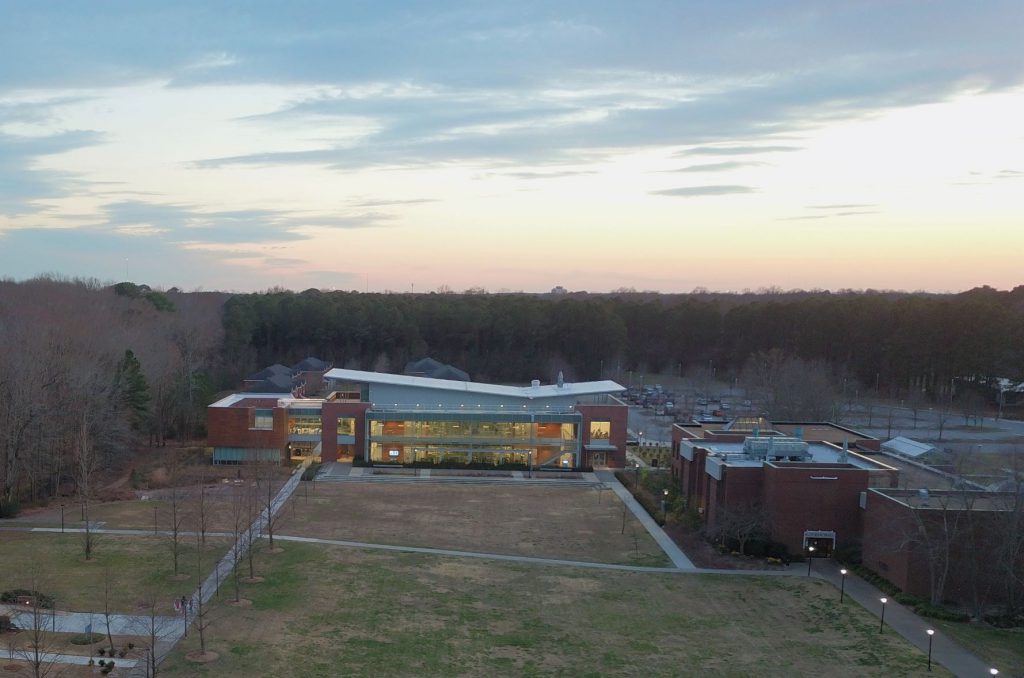Sequoia Mulgrave
Online Editor
Many students complain about the tuition rates here at Virginia Wesleyan, but students’ tuition is generally about the same range as other regional colleges.
At Lynchburg College, tuition is $31,060 a year, which is about $700 more than our own.
A key difference lies in the amount of income each school receives each year. Wesleyan receives $43,314,740 in revenue, according to the 2010-2011 fiscal year 990 tax forms.
This was about a $5 million decrease from the previous year. Unfortunately, there was a debt of $1,735,604 in the last fiscal year.
The fiscal year begins in September and ends in June the following year. This timeframe is based on the school year. The majority of revenue comes from student tuition.
“A good 85 percent of student tuition goes to our income,” said Vice President of Finance Cary Sawyer.
Other income comes from the school annual fund, consisting of consistent donations to the campus, as well as endowment gains or losses. Endowments are generally investments the school makes.
“They [investments] are stocks, bonds and natural resources,” said Sawyer. “We average about $52,000.”
Compared to Lynchburg and Randolph-Macon College, the school’s finances don’t quite match up.
In 2010-2011, Lynchburg College has a little over $87 million in revenue. However, with their expenses it leaves them with a $4 million profit. Randolph-Macon makes total revenue of a little over $78 million.
Still, much of our expenses are deducted from the total revenue. These include independent contractors, professor and employee salaries and Athletics and Student Activities budgets.
The highest paid independent contractor is Sodexo Inc. and affiliates. Sodexo provides food services for the campus restaurant and cafeteria. The school pays them almost $2 million for their services, which they use to pay for expenses as well as pay their employees’ salaries
R.D. Lambert & Sons Inc. received the second largest payment from the school. They are a design and buildings construction firm that helps renovate campus building as well as dormitories. They received a little over $1 million from the college in 2010-2011.
Professor and employee salaries are also included in the deductions from total revenue.
The same form states that Dr. William Gibson, professor of international studies and political science, and Dr. Lawrence Hultgren of environmental studies and philosophy are the highest paid professors on campus.
President Dr. William T. Greer’s salary in the last fiscal year was a total of $437,068, including additional compensation, which was about an $8,000 increase from the previous year. The additional compensation is for “employee benefits such as health insurance,” according to Sawyer.
President of Lynchburg College Dr. Kenneth Garren and President of Randolph-Macon Robert R. Lindgren both make around $360,000.
“Public schools, [such as] high schools and some universities all have their employees’ salaries made public,” said Sawyer, “For non-profits, like us, the 990 form requires that we put the highest paid workers.”
The reasons for publicizing these records are for governmental reassurance.
“The government wants to make sure it’s transparent.” said Sawyer.
Also, donors who give donations to the school are able to confirm their donations are being correctly being disbursed.
Money is always a touchy topic for people to talk about. It is especially difficult when that money comes straight from the pockets of the students. Understanding where the money is put can help ease the mind and the purse strings.


